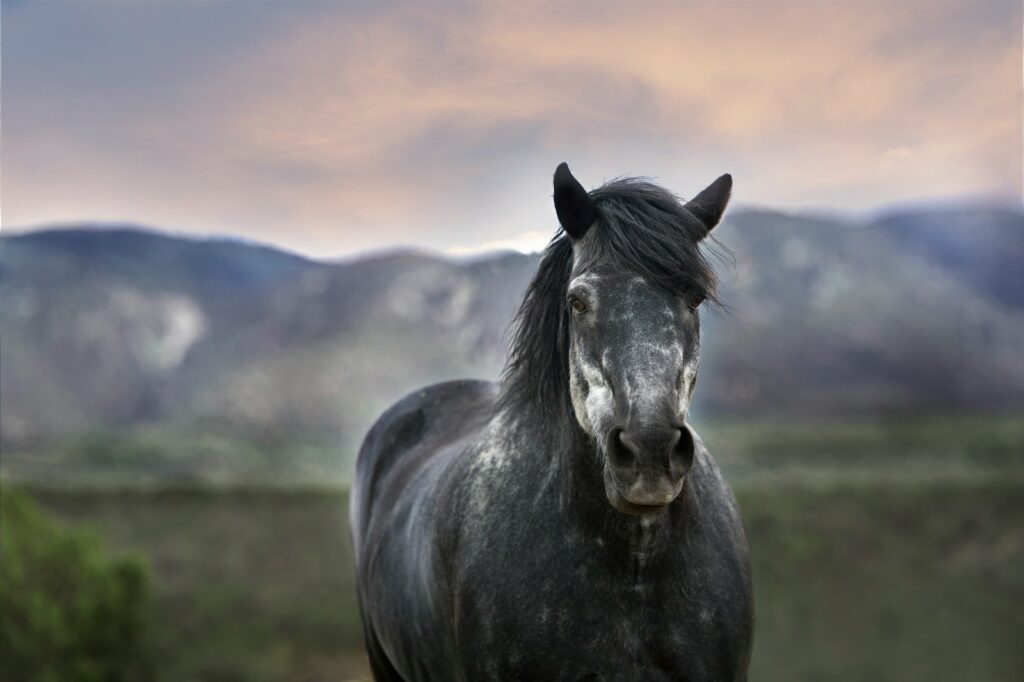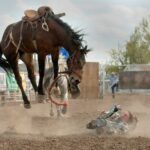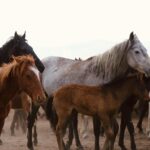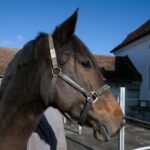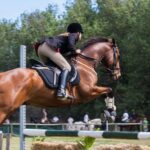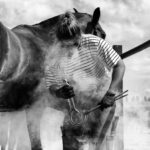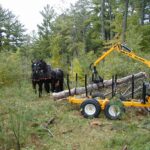Working cattle is one of the most challenging and rewarding disciplines in the equine world. Unlike arena sports with controlled environments, cattle work requires horses to think independently, respond quickly, and develop natural instincts for reading bovine behavior. Whether you’re training for ranch work, cutting competitions, team penning, or simply want a responsive and versatile mount, proper training drills are essential. The journey from green horse to confident cattle horse takes patience, consistency, and strategic exercises that build both physical ability and mental confidence. This article explores proven training drills that professional horsemen and women use to develop capable cattle horses from fundamental groundwork to advanced sorting techniques that refine your equine partner’s abilities.
Understanding Cow Sense and Why It Matters
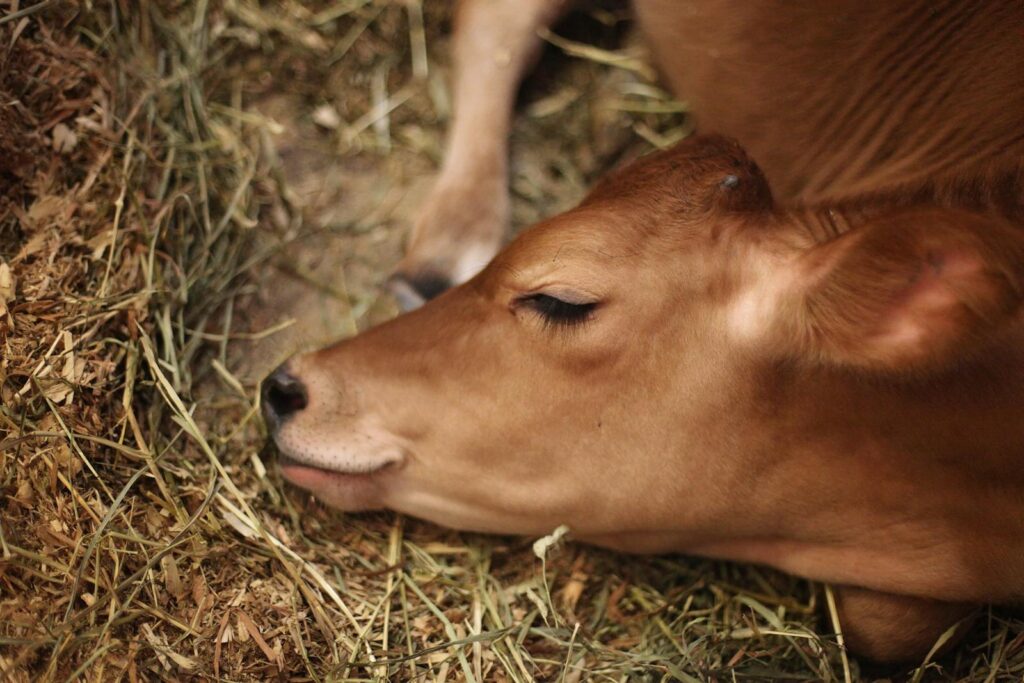
Cow sense, the natural ability of a horse to read and anticipate cattle movements, is partially innate but can be significantly enhanced through proper training. Horses with strong cow sense maintain focus on cattle, move in response to their movements, and position themselves optimally without rider micromanagement. This natural instinct varies by bloodline, with breeds like Quarter Horses, Paints, and Appaloosas often displaying stronger predispositions for cattle work due to generations of selective breeding. However, even horses without strong natural cow sense can become competent cattle workers through consistent, progressive training that builds their confidence and understanding of bovine behavior. The most effective cattle horses combine natural ability with excellent training, creating partners that make complex work feel effortless.
Foundation Training Before Introducing Cattle
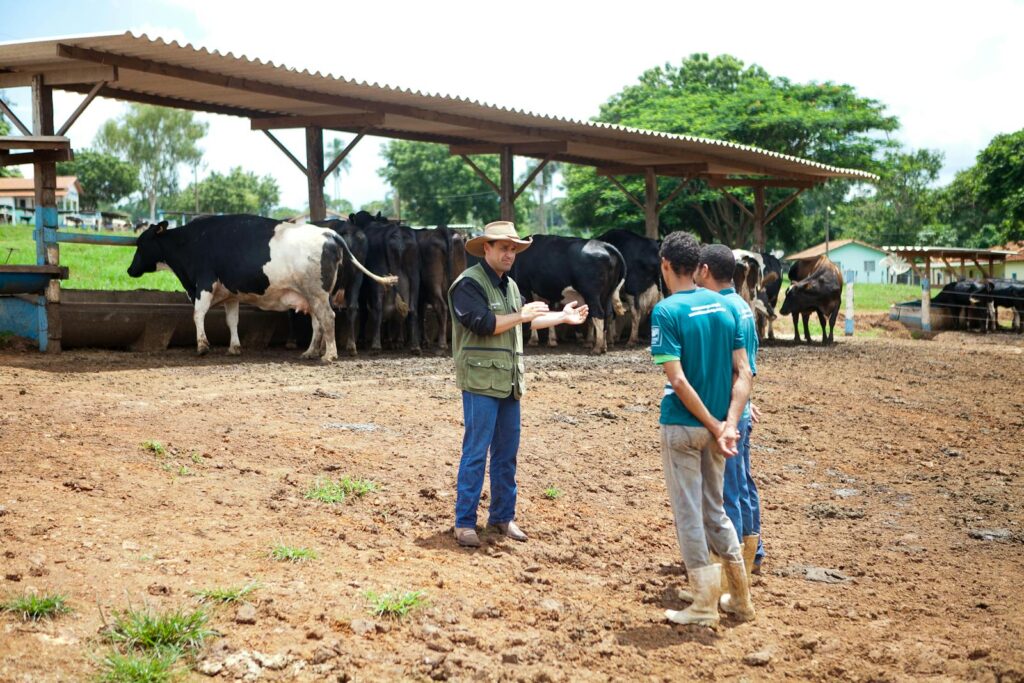
Before ever seeing a cow, horses need solid foundation training that encompasses lateral movement, collection, extension, and quick transitions between gaits. Essential groundwork includes teaching your horse to yield to pressure, move their hindquarters and shoulders independently, and develop responsive lateral movements that will later translate to following cattle. Under saddle, focus on developing a horse that moves willingly in all directions with minimal cuing, stops promptly from any gait, and backs fluidly when asked. Particular attention should be paid to teaching the horse to work off leg pressure rather than rein contact, as cattle work requires riders to keep their hands relatively quiet while using seat and leg aids for positioning. This foundation typically takes several months of consistent training before cattle introduction, but this investment prevents many problems that arise when underprepared horses become overwhelmed by live cattle.
Flag Work for Building Confidence
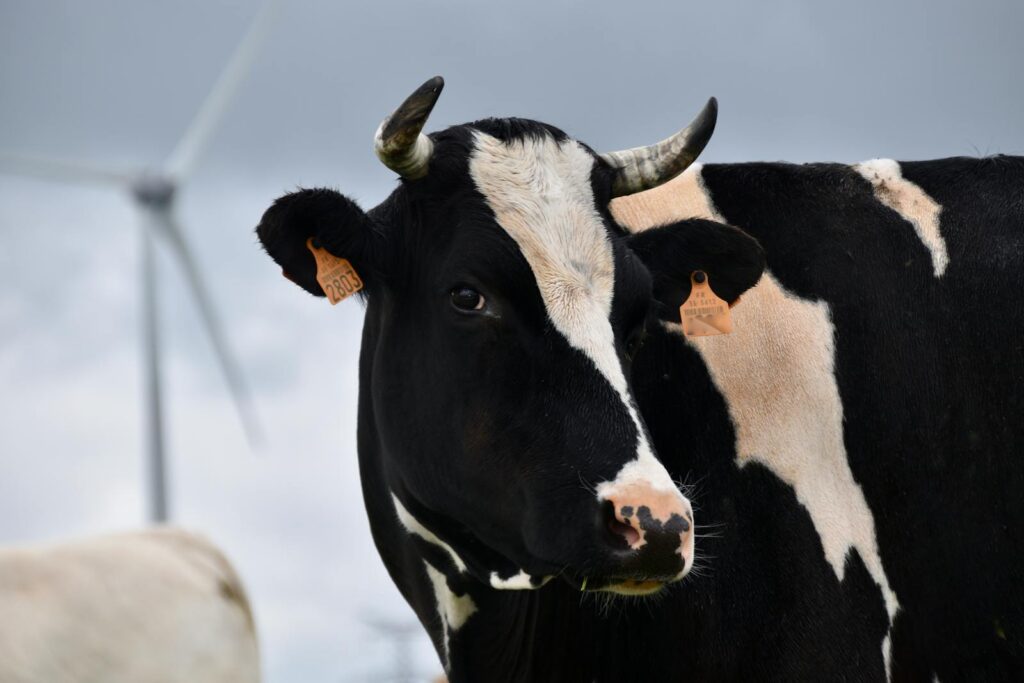
Flag work serves as an excellent introduction to cattle movement without the unpredictability of live animals. A mechanical flag system (or even a flag moved by an assistant) creates movements that simulate a cow’s behavior, allowing horses to develop tracking skills in a controlled environment. Begin by allowing your horse to observe the flag movements from a distance, gradually decreasing that distance as their confidence builds. Work on tracking the flag from both directions, teaching your horse to follow its movements while maintaining a consistent distance. Advanced flag work includes teaching stops, turns, and position maintenance—skills directly transferable to real cattle work. Many professional trainers spend weeks working with flags before introducing green horses to live cattle, creating a foundation of confidence that prevents excessive excitement or fear when facing the real thing.
Single Cow Introduction Drills
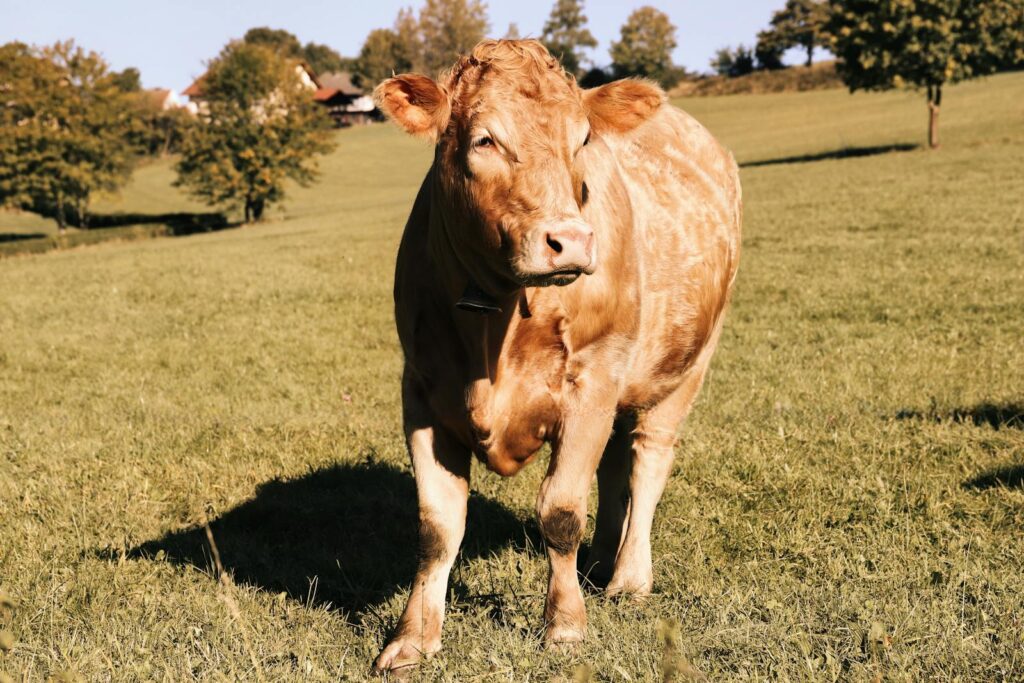
The first introduction to a live cow should be carefully controlled using a single, calm animal in a smaller enclosed space like a round pen. Begin by simply tracking the cow along the fence at a walk, maintaining a consistent distance while the horse learns to watch and follow. Once comfortable walking, progress to trotting exercises where you practice maintaining position as the cow changes speed. Advanced single cow work includes teaching your horse to “mirror” the cow’s movements—stopping when it stops and turning when it turns—all while maintaining the proper position to control the animal’s direction. Throughout these exercises, allow the horse to observe and process the cow’s behavior without excessive rider interference, giving them time to develop their own understanding of cause and effect in cattle interactions.
Box and Circle Exercises
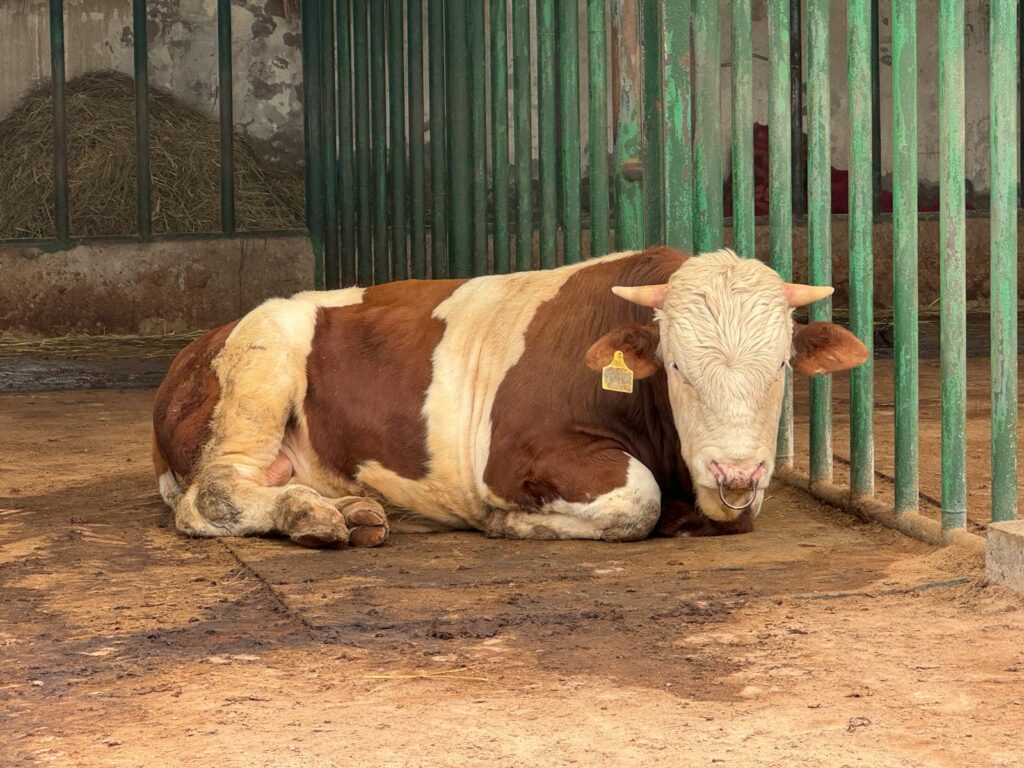
Box and circle exercises help horses understand how to control cattle movement through positioning. Begin in a smaller pen by teaching your horse to “box” a cow along the fence—moving back and forth while keeping the cow contained to one section of the fence line. This develops the horse’s ability to read subtle weight shifts that indicate when a cow will change direction. Once proficient at boxing, advance to circle work where you guide the cow away from the fence into the center of the pen, maintaining control through proper positioning. The objective is for your horse to learn to stay at the cow’s hip, driving it forward while being able to counter any escape attempts. Many trainers consider mastery of box and circle work the foundation for all advanced cattle handling, whether for ranch work or competition.
Developing the Stop and Back
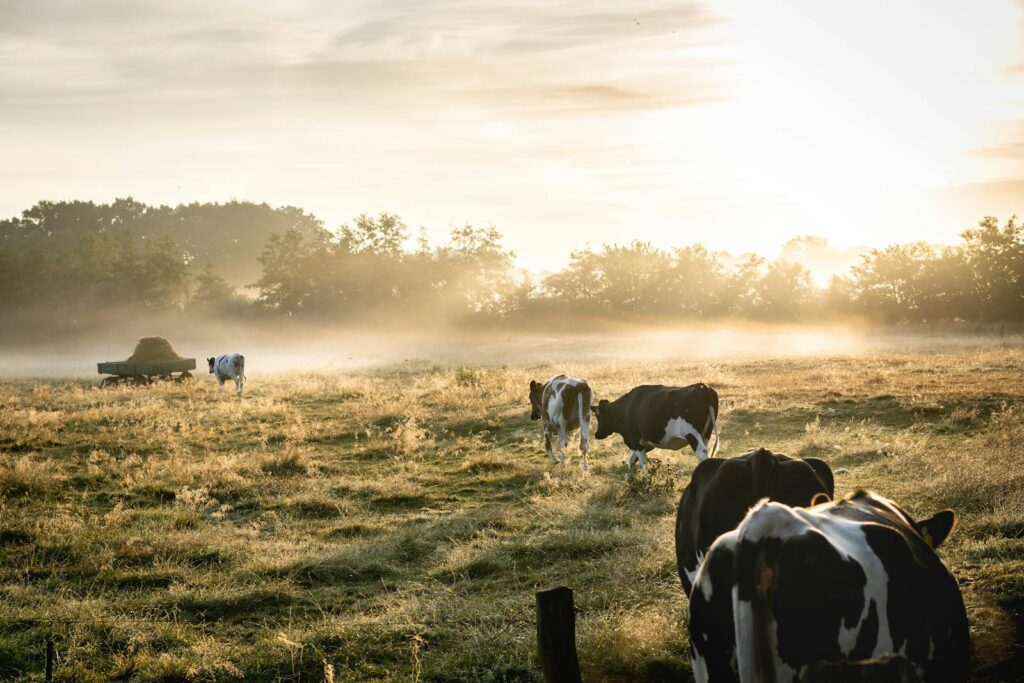
A quick, balanced stop is essential for effective cattle work, allowing horses to control their position and respond to sudden changes in cattle movement. Training begins with developing a responsive stop from a verbal cue combined with seat position, gradually reducing the cue to primarily seat and leg signals. Practice stops from progressively faster gaits, always rewarding clean, balanced stops where the horse maintains engagement without falling onto the forehand. Following the stop, teach immediate back-up responses that allow the horse to reposition when a cow makes unexpected moves. Advanced stop training incorporates stopping in response to cattle movement rather than rider cues—for example, teaching the horse to stop automatically when a cow stops, developing their independent reading of the situation. This autonomous response capability differentiates elite cattle horses from merely obedient ones.
Building Rating Skills
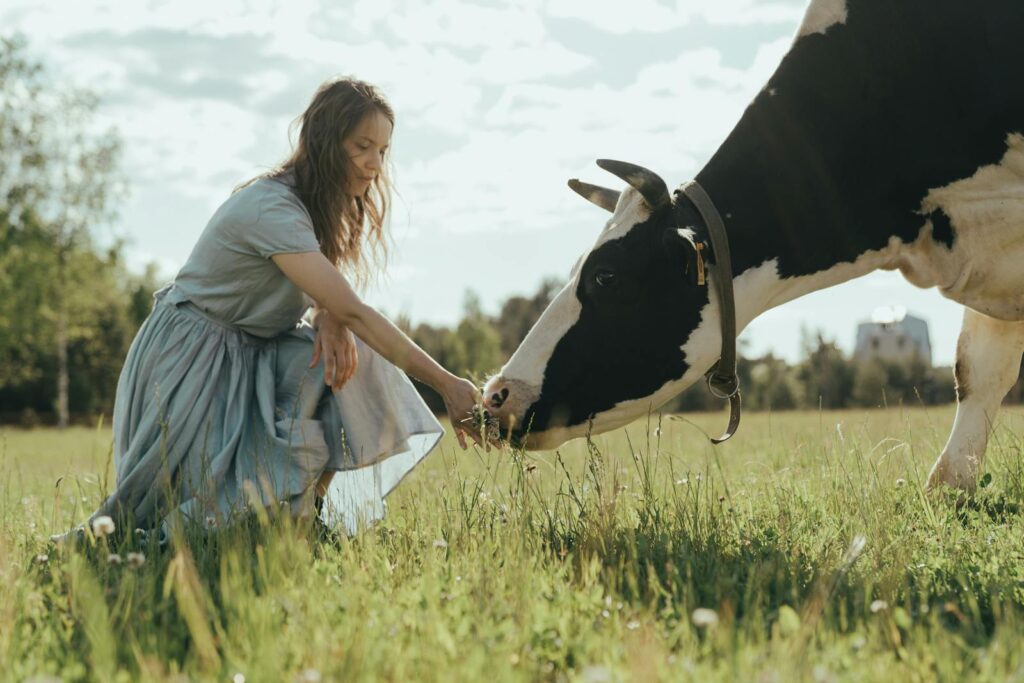
Rating refers to a horse’s ability to adjust their speed and position relative to cattle movement without constant rider input. Begin rating practice with slow, controlled work where you manually adjust the horse’s speed to match the cow, providing immediate release of pressure when they maintain the correct distance. Gradually reduce your input, allowing the horse more responsibility in maintaining position while you observe their developing understanding of appropriate distance. Advanced rating work involves variable-speed cattle and multiple direction changes where the horse must independently adjust their pace and position. Horses with excellent rating skills create a pressure “bubble” around cattle, maintaining enough proximity to control movement without causing panic or scattering, making them invaluable for both ranch work and competition settings.
Fence Work Progression
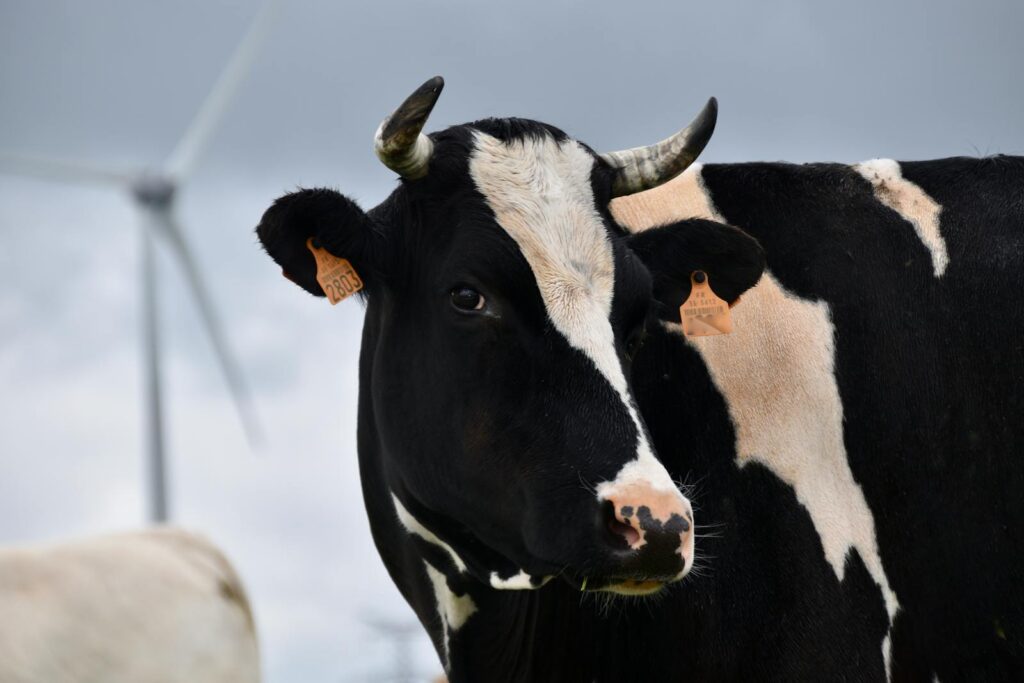
Fence work leverages the natural tendency of cattle to seek barriers, teaching horses to anticipate and control this movement. Begin with straight fence tracking, where your horse follows a cow moving along a fence line while maintaining the proper position at its hip to drive it forward. Progress to fence turns, where you anticipate the cow turning away from the fence and position your horse to prevent or control that turn through proper body position. Advanced fence work includes teaching horses to independently cut off escape routes by recognizing subtle body language indicating a cow’s intention to turn. Many trainers incorporate fence work daily in their training programs because it effectively teaches spatial awareness, timing, and the balance between pressure and release that forms the foundation of all cattle control.
Group Cattle Handling Exercises
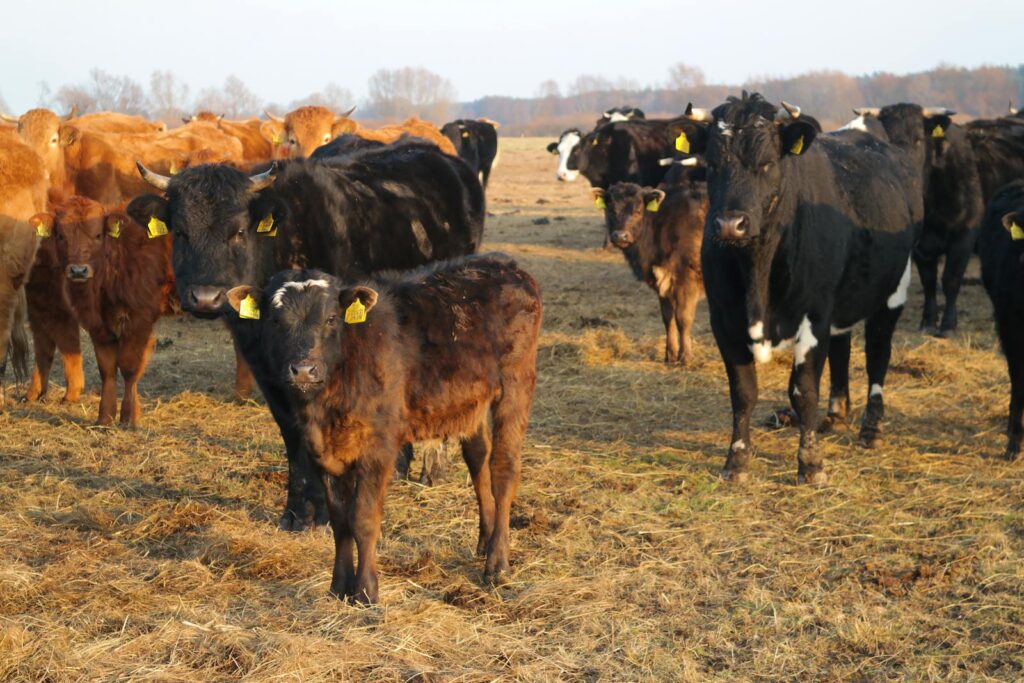
Once your horse demonstrates competence with individual cattle, group cattle exercises develop their ability to maintain focus despite increased stimulation. Begin with driving exercises where you practice moving a small group (3-5 head) in a controlled manner across a pen, teaching your horse to apply appropriate pressure to keep the cattle together while moving in the desired direction. Progress to sorting exercises where you separate specific animals from the group, requiring increased discrimination and focus. Advanced group work includes holding a herd while another rider cuts individual animals, teaching your horse patience and the ability to maintain position despite distractions. These exercises translate directly to practical ranch work scenarios and build the foundation for competition events like team penning and ranch sorting.
Developing Collection and Extension for Cattle Work
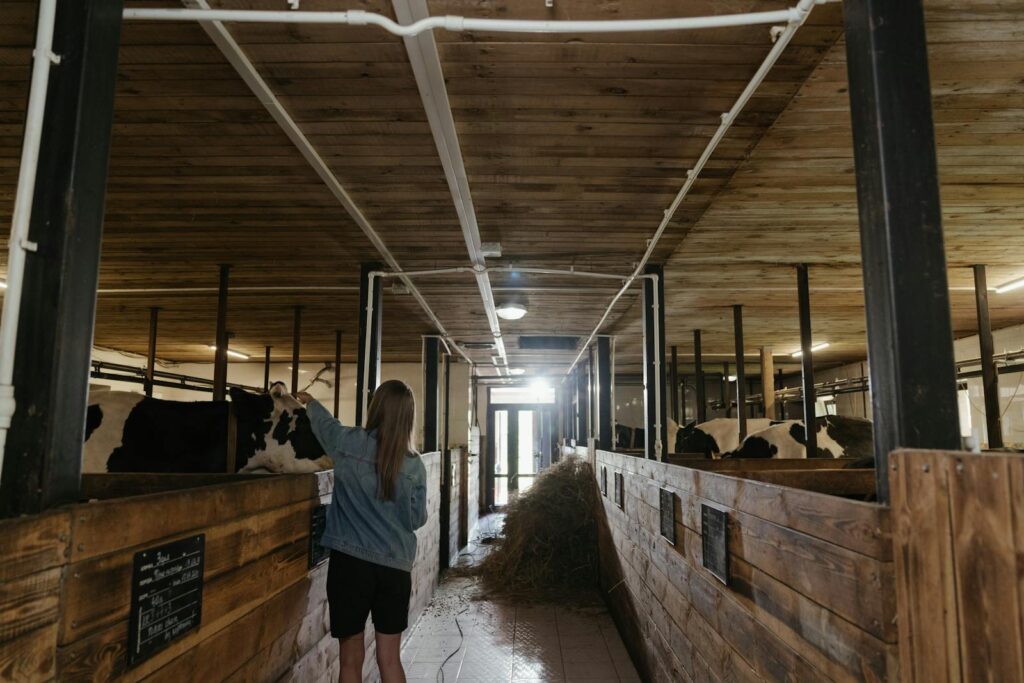
Effective cattle horses must transition seamlessly between collected and extended gaits as they adjust to cattle movement. Begin collection training with simple exercises like circles that gradually decrease in size, teaching your horse to engage their hindquarters while maintaining forward energy. Extension work should focus on increasing stride length rather than just speed, allowing horses to cover ground efficiently when needed. The key to effective cattle work lies in the transitions between these states—practice going from collected to extended gaits with minimal cuing, eventually linking these transitions to cattle behavior. Advanced training incorporates automatic collection when cattle slow down and extension when they speed up, developing a horse that adjusts their frame and energy level in response to the situation rather than waiting for rider instruction.
Timer Drills for Speed and Precision
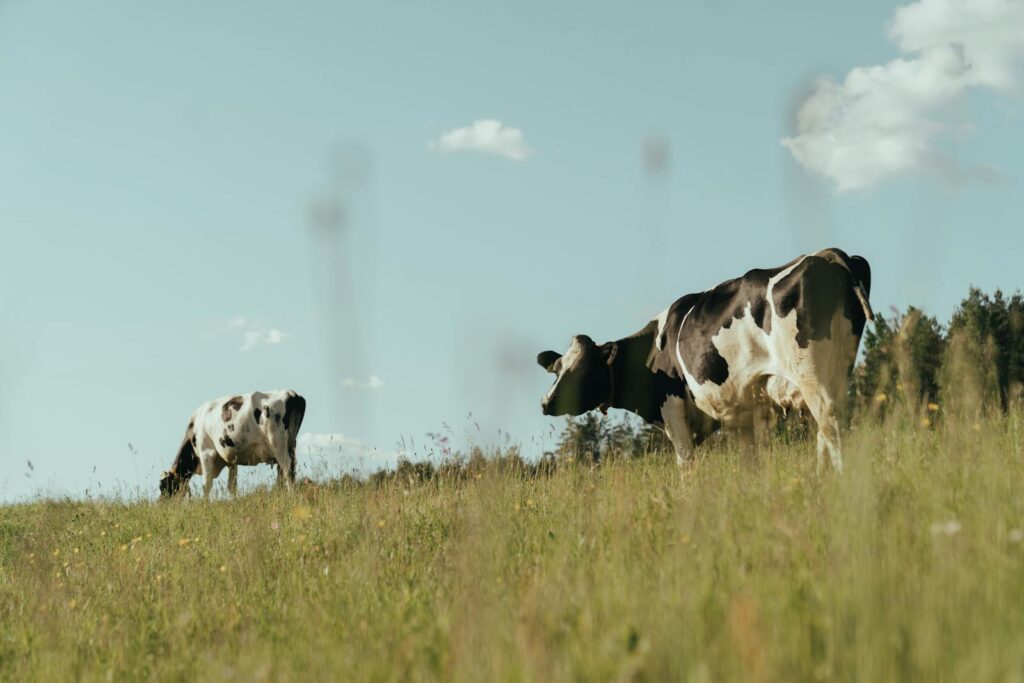
Timer drills combine speed development with movement precision, essential for competitive events and efficient ranch work. Begin with simple timed patterns where you track a single cow for increasingly shorter time periods, challenging your horse to maintain proper position despite time pressure. Progress to more complex drills like timed sorting, where you separate specific cattle from a group within time constraints while maintaining control and precision. Advanced timer work might incorporate obstacle navigation while working cattle, simulating real-world scenarios where terrain affects movement options. These drills should be introduced only after solid foundation training is established, as they create pressure that can expose gaps in basic training.
Problem-Solving Exercises for Specific Behaviors
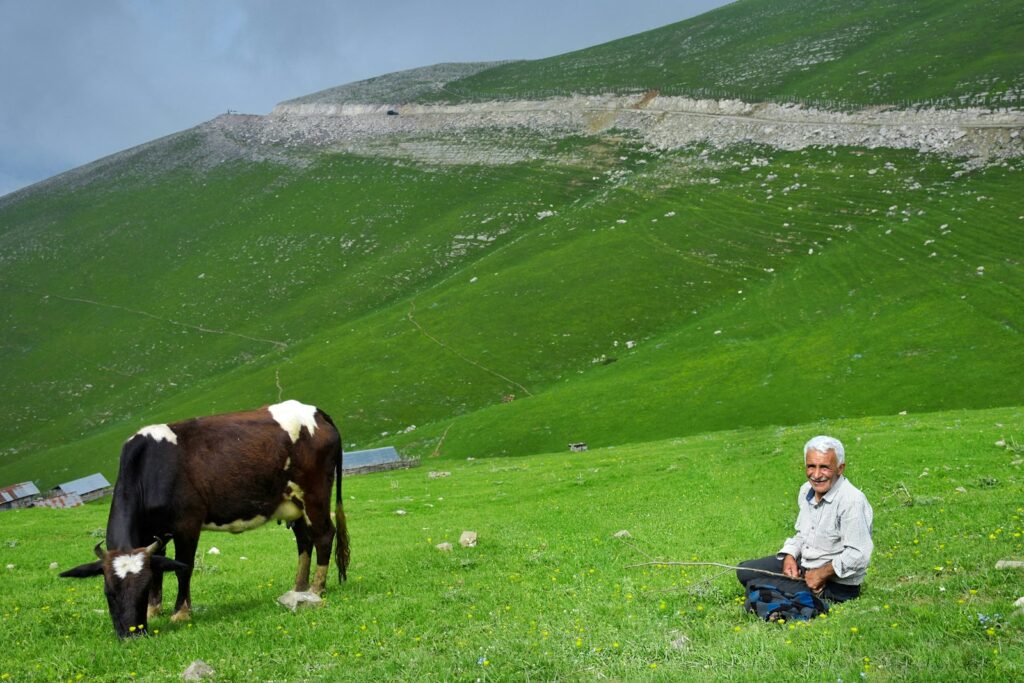
Even well-trained horses develop problematic behaviors that require targeted exercises to resolve. Horses that rush cattle benefit from “approach and retreat” drills where you advance toward cattle until the horse shows tension, then immediately retreat, gradually extending the approach distance as the horse remains calm. For horses lacking assertiveness, controlled practice with particularly stubborn cattle builds confidence through successful experiences, always setting achievable challenges that build incrementally. Horses that become excessively excited around cattle benefit from desensitization work, including extended exposure at progressively closer distances with relaxation being heavily rewarded. Professional trainers recognize that these remedial exercises must be customized to the individual horse’s psychology and learning style, with consistency and patience being more important than any specific technique.
Competition-Specific Training Drills
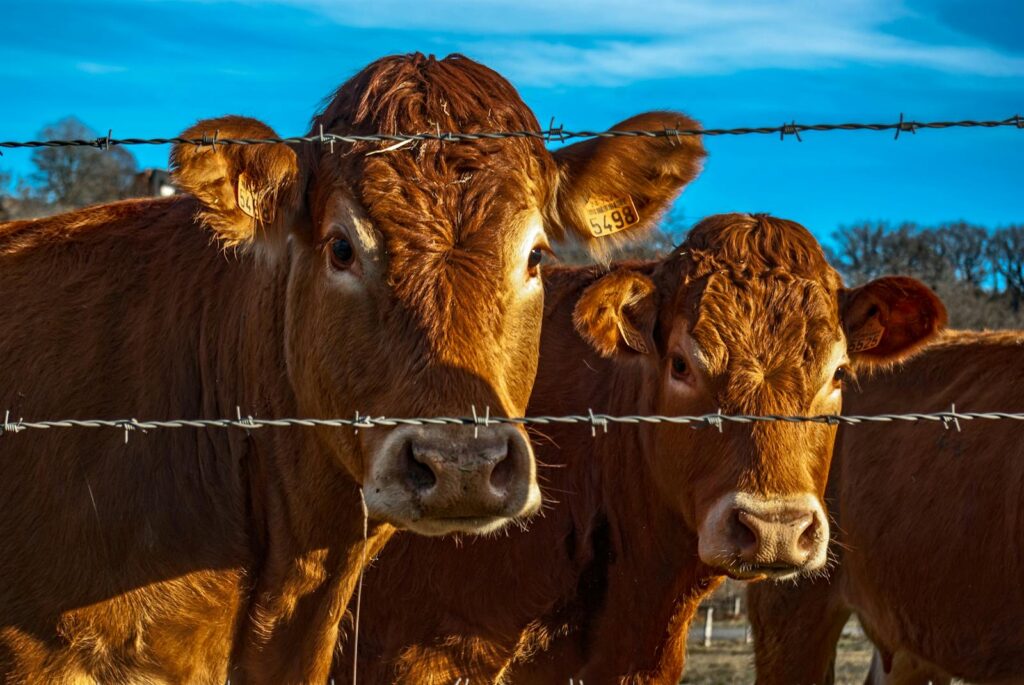
Different cattle competitions require specialized training focus to develop the specific skills needed for success. Cutting horse training emphasizes independent cow reading and the ability to work without rein guidance, making one-handed work and “turn back” drills essential components of their preparation. Team penning horses benefit from exercises focused on maintaining position while moving at speed, including practice runs with gradually increasing velocity to develop control at pace. Ranch versatility competitors need exposure to varied cattle scenarios including roping, sorting, and fence work, with training sessions that integrate these diverse skills into cohesive routines. Regardless of discipline, competition horses benefit from simulation drills that recreate event conditions, including practicing with competition cattle (often more challenging than training stock) and working in various arena configurations to build adaptability.
Maintaining and Advancing Trained Cattle Horses
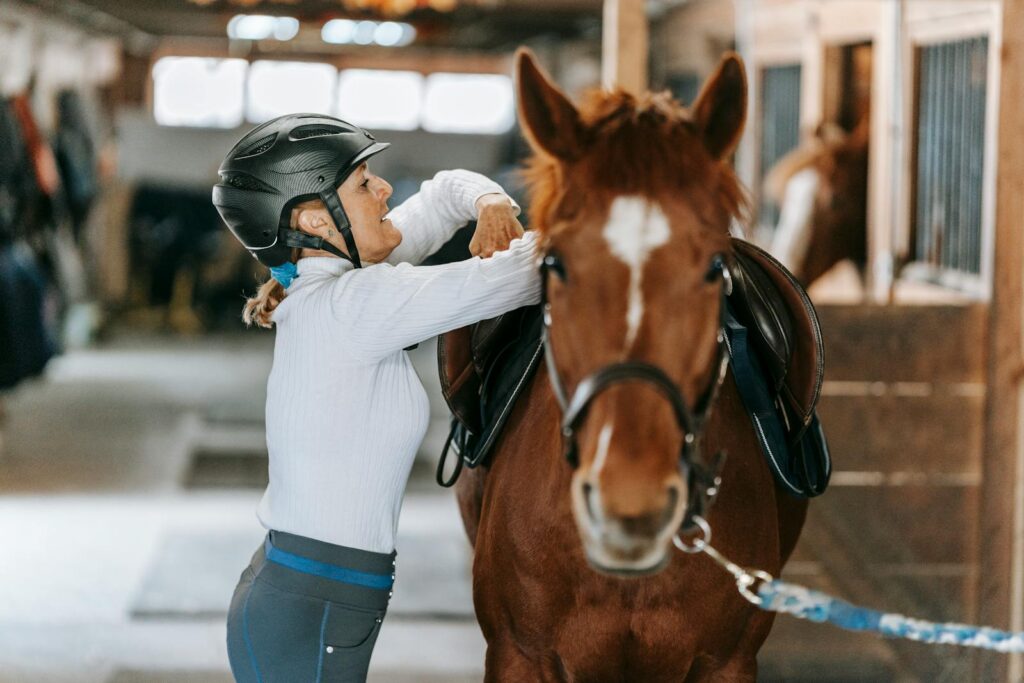
Once a horse has developed solid cattle-working abilities, ongoing maintenance and advancement requires thoughtful management. Established cattle horses benefit from varied exposure, working different types of cattle in different environments to prevent anticipation and maintain mental engagement. Many professional trainers incorporate regular “tune-up” sessions focusing on fundamental skills like stopping, rating, and position maintenance, preventing skill degradation that occurs when basics are neglected. Advanced training might include exposure to challenging scenarios like working cattle in open fields where fence support is unavailable, or handling particularly difficult animals that test the horse’s confidence and skill. The most successful maintenance programs balance challenging work with confidence-building experiences, preventing burnout while continuously refining the horse’s abilities through progressive challenges that build on their established foundation.
Working cattle represents one of the most complex partnerships between horse and rider, requiring physical ability, mental engagement, and refined communication. The training process is never truly complete, as even the most experienced cattle horses benefit from ongoing development and new challenges. The drills outlined in this article provide a roadmap from foundation to advanced work, but the true art lies in adapting these exercises to each individual horse’s learning style, temperament, and natural abilities. When approached with patience and consistency, these training methods develop horses that not only work cattle effectively but do so with confidence and enthusiasm, creating partners that make even the most challenging cattle work appear effortless.

